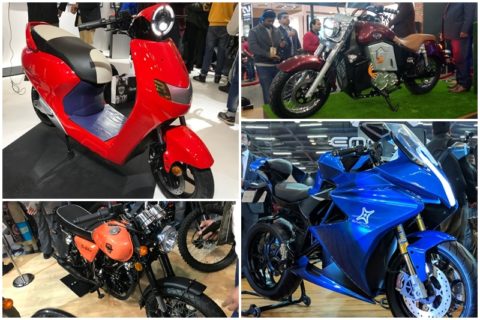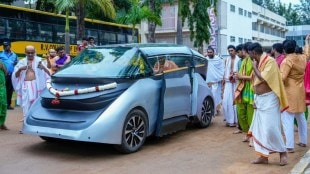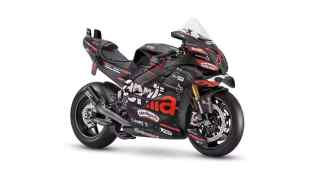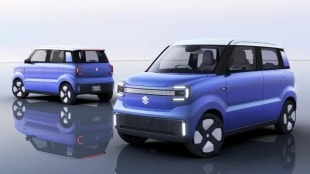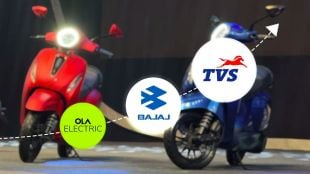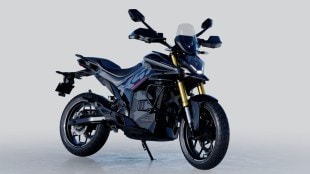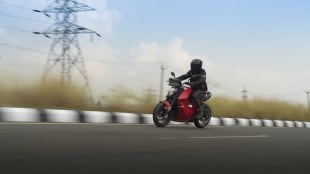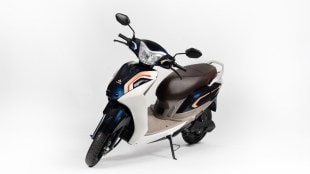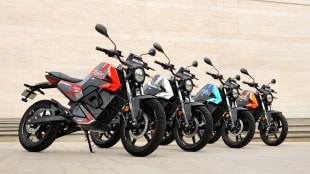
Electric Two-wheelers India: The first edition of the Move Mobility Summit is underway in the capital as we speak, however, throughout the delegates opening address one thing was evident. While most of the delegate spoke about multi-modal transport systems, connected and shared mobility, and even electric cars; the speakers at the summit seemed to have forgotten that the heart and soul of Indian mobility is, was and will probably be based around two-wheelers for the next decade at the very least. Which is why we thought it was a bit strange that a significant push towards electric two-wheeler was not a part of the major talking points of this summit. A report from the IANS recently revealed that, at present, India has about 1700 lakh two-wheeler that ply the roads. The report further indicates that under the assumption that each vehicle uses a little more than half a litre every day, on an average, each vehicle would consume roughly 200 litres a year.. The equivalent of 3400 crore litres/year of fuel would be consumed by just two-wheelers every year according to NITI Aayog’s recently released report ‘Zero Emission Vehicles: Towards a Policy Framework’.
To put that in perspective of cost, at Rs 70/litre India spends almost 2.4 lakh crore every year on petrol for two wheelers alone. If even half of that number were to be electric, the savings on imported oil could rack up to Rs 1.2 lakh crore. Now, NITIs report also added that there was a real possibility to meet this target in the next 5 to 7 years under the aegis that a policy regime be put in place. This, to us, seems overly optimistic but the message is clear. The top-down strategy being followed by the government needs to change, we need to bring the electric revolution from the grass-roots levels as well, a pincer move of sorts. The thought leaders, the movers and shakers of sorts will buy the expensive electric SUVs and Sedans, while electric two-wheelers can lead the way for the mass-market. Now while PM Modi might have skipped the FAME 2 Policy in his address to move summit, he did assure the audience that India would soon put in a place a new stable policy regime to promote the use of electric and other alternative-fuel vehicles in the country to fight climate change.
Going back to the Summit, the lack of two-wheeler companies that are thriving in the world’s largest and arguably fastest market was overtly apparent. There was no address from Honda who sell lakhs of Scooters every month,, Hero MotoCorp was missing too. These are the companies that feed the mobility of India outside the purview of tier-1 cities and metropolitans, and to have their speeches missing from the summit seemed amiss. Especially considering that electric two-wheelers technology on a global scale does not require as much of an ecosystem as cars do. Batteries can be charged at home, 100-140 kms of range is more than adequate for intra-city commutes and electric motors require no more space than a wheel hub. With subsidies in place, it can even be estimated that electric two-wheeler cost no more than a few thousand rupees than their ICE counterparts. One can only hope that this changes in the months to come, and governance pressurises two-wheeler manufacturers to manufacture and integrate more electric 2 wheelers as we go forward.
